Addressing Prejudice and Building Inclusive Cultures

In the final article of this three-part series, Dr Katerina Kolyva and Dame Ann Limb address the challenges of subtle prejudice and the role of language in fostering inclusivity. They also explore how inclusion can be integrated into professional development and the importance of role modelling in teaching inclusive behaviours.
How can we practically and effectively address issues that persist, such as discrimination through language and subtle prejudice?
AL: I think one solution is that you have to call it out. It’s important to tackle it where it occurs, and that’s where allies can be very helpful. If you’re being discriminated against or are the target of prejudice, you might feel unable to speak up or become so inured that you expect it.
For instance, discrimination through language or subtle prejudice could happen to someone who is neurodivergent, gay, or British Asian, whose life experiences have led them to encounter so many instances of being unrecognised for who they are that they come to expect it. This situation is a form of bullying. Therefore, it’s crucial that others help call out such behaviour. While you can invoke the law, we know this can be tedious. And having laws about what’s right and wrong doesn’t stop people from behaving badly. Unfortunately, it won’t stop homophobic attitudes or racist behaviour.
A combination of the law, allyship, and addressing issues directly within an organisation is absolutely the way forward.
KK: For me, language is important, perhaps because I’m a linguist by background, but in this context, its use is crucial. I agree that we need to call these things out because, often, the language someone uses immediately reveals their stance. I can often tell where someone stands or their level of maturity in terms of inclusion just by their choice of words when I first speak with them.
That said, I appreciate that we’re all at different stages in this journey, and many of us are trying hard. In the journey towards allyship, it’s important that we see ourselves as continuous learners. However, I’m uncomfortable with subtle prejudice or excuses like, ‘I’m fragile because I’m white’ or ‘I’m fragile because I’m able-bodied,’ or the claim, ‘I don’t understand diversity, so it’s OK for me to say whatever.’ We need to challenge attitudes and encourage people to watch their language, learn, listen, and observe what others are saying, rather than using their own fragility as an excuse.
AL: I think there’s a challenge here: there’s a significant need for us to rise to the challenge of maintaining an integrative approach, rather than allowing divisions to deepen, as this can become ugly and harden positions, pushing people further and further apart.
There are simple actions we can take to address this. For instance, when I was Chair of the Scouts, it was a great learning experience for me, dealing with young people aged four to 25, whose worldviews are obviously very different from those of someone in their late 60s, or now 70s. I found it helpful to ask them how they preferred to be addressed, especially as the use of pronouns became more prominent. This was during the early stages of discussions about gender identity and pronouns, which have since evolved further.
If you ask in the spirit of what we call appreciative inquiry — genuinely seeking to learn — you can get meaningful answers. However, this requires a sophisticated level of understanding and learning, which we possess as teachers and learners, but is not often exemplified by all.
How do we build inclusion as part of professional development, and can inclusion be taught?
AL: I think inclusion can be taught, and I believe it’s a valuable challenge to address. There’s a line in the musical South Pacific that says, ‘You’ve got to be taught to hate,’ referring to the idea that prejudice is learned behaviour. Similarly, children learn by example, and seeing others demonstrate inclusive behaviour can be a powerful teaching tool. You can teach people to understand inclusivity through effective teaching and by setting a good example. It’s possible to correct misunderstandings and encourage inclusive practices through education and continuous practice. I, myself, continue to learn and sometimes struggle with the correct language, highlighting the importance of ongoing learning in this area.
If organisations and colleges implement the practices we’ve discussed, these can become integral parts of the culture. Leadership plays a role, but so does the overall culture — ‘the way we do things around here.’ This includes processes, visual imagery, how people dress, treat one another, and the language used.
These elements contribute to creating a more inclusive culture. Building such a culture requires ongoing effort; it’s not something that can be established and then left alone. A culture grows and evolves, and it needs to be nurtured, challenged, and developed continuously. This process of continuous improvement is fundamental to fostering inclusivity.
KK: Inclusion is taught through role modelling and relationships. The more networks you join, the more you observe how others behave, and the more you mirror that behaviour. This understanding comes through language, conversation, and communication, and I agree that it’s not just verbal — non-verbal cues can sometimes be even more important.
We all learn from each other in this kind of environment. Networks are valuable, as are mentors, and I particularly like reverse mentoring as a learning method. I’m a big fan of learning from junior members of staff, just listening and letting them tell me their experiences. Hierarchical structures often hinder open communication; people can usually speak more freely with peers than with those higher up.
All these ways of learning combined can help us make progress, but the most important thing is the willingness to learn. If you sit back and think you know it all, you’ll miss the point. That’s why I agree with the emphasis on continuous improvement, especially in the area of inclusion, which is currently evolving rapidly.
By Dame Ann Limb, former Principal within Further Education (FE) colleges, current Pro Chancellor of the University of Surrey, Chair of the City & Guilds of London Institute, Chair of Governors of The Manchester College and Chair of the Lifelong Education Institute and Dr Katerina Kolyva, CEO of the Education and Training Foundation (ETF).
Parts 1 and 2 of the series are:
Pride and Progress: Social Inclusion in Further Education and Skills
Leading the Way: Inclusive Practices in Education Leadership

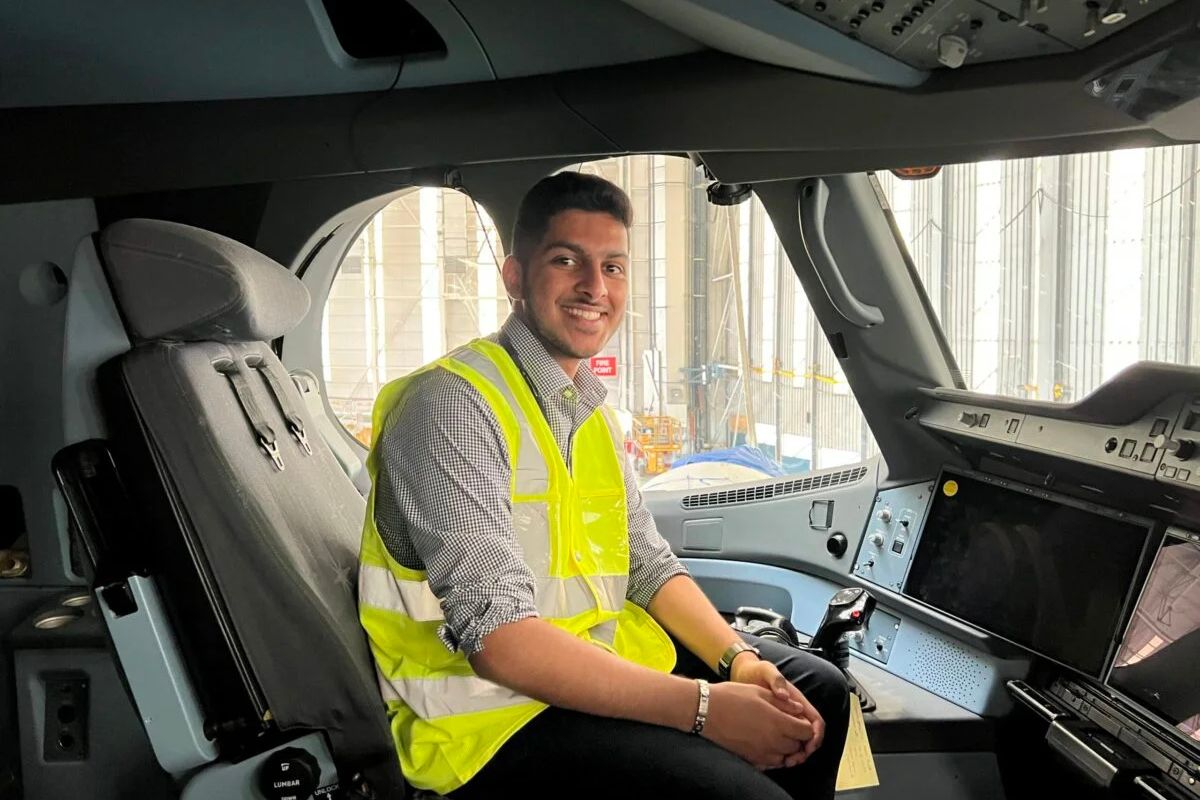
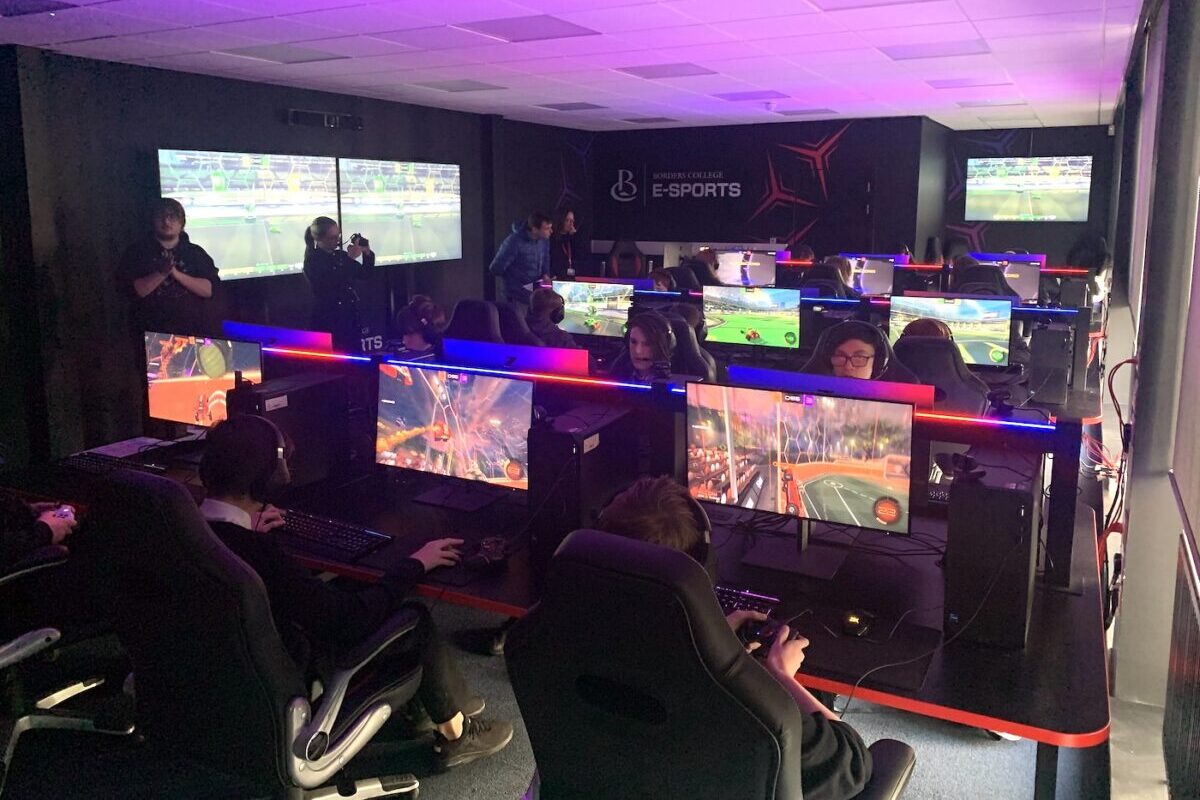
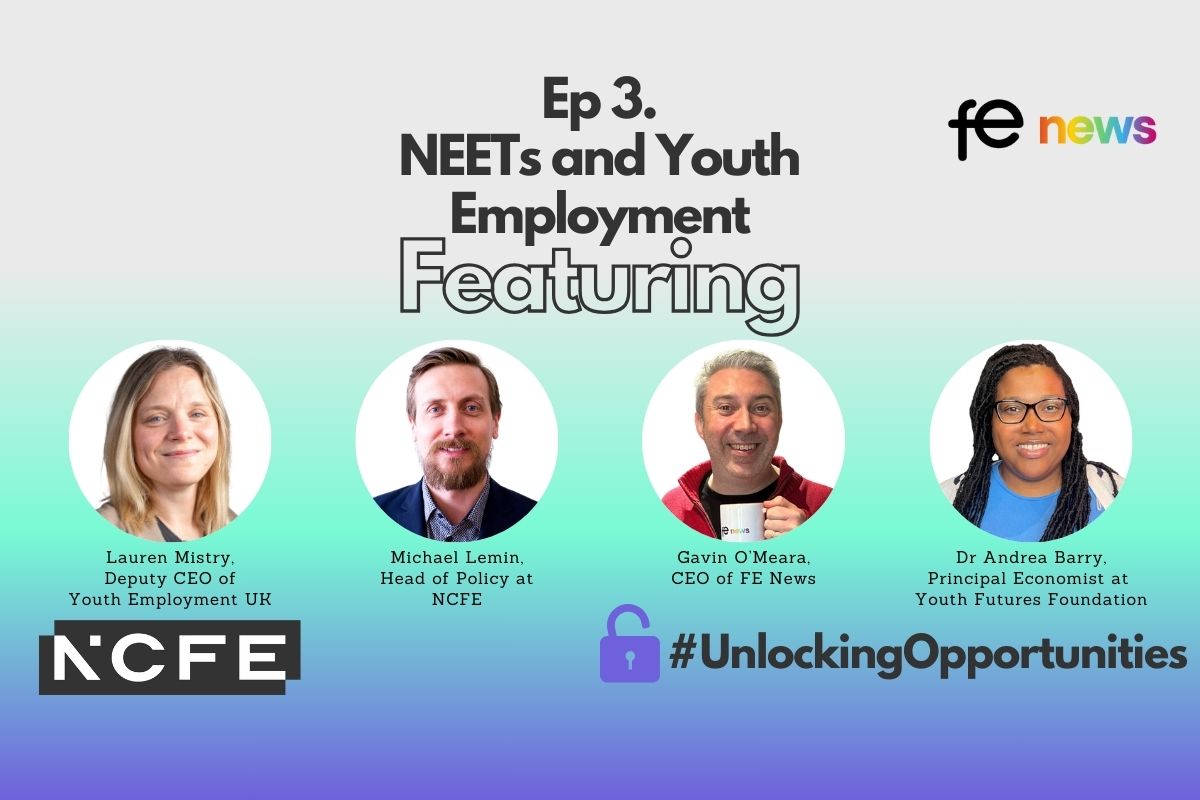
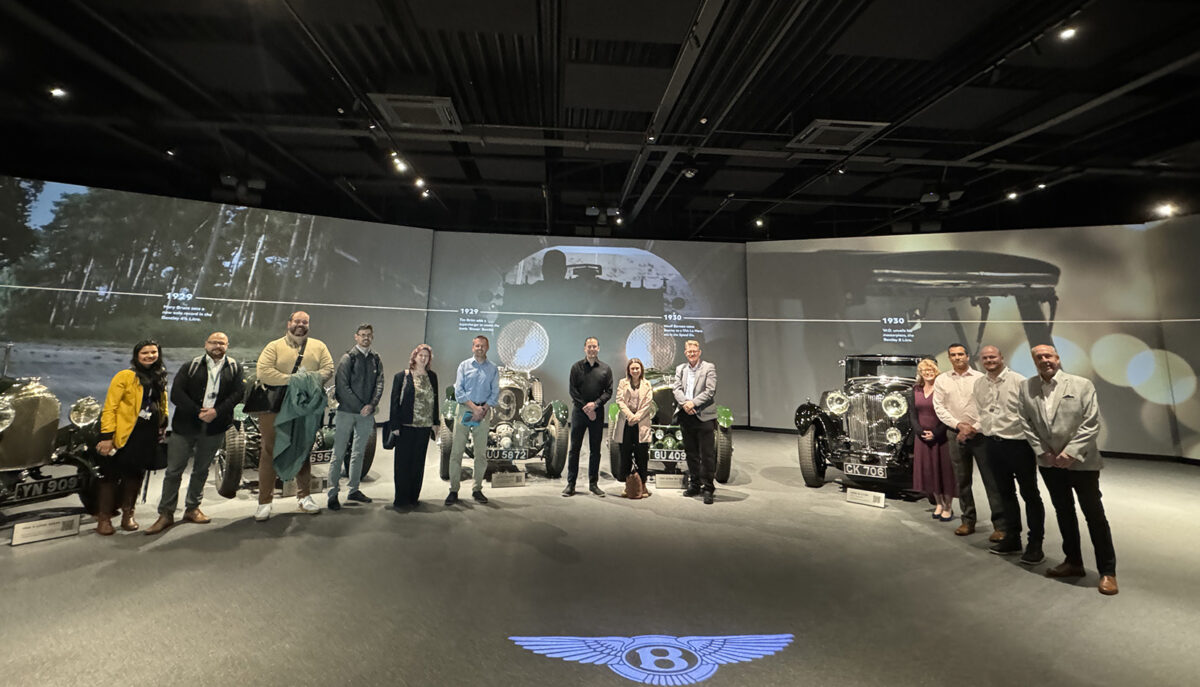
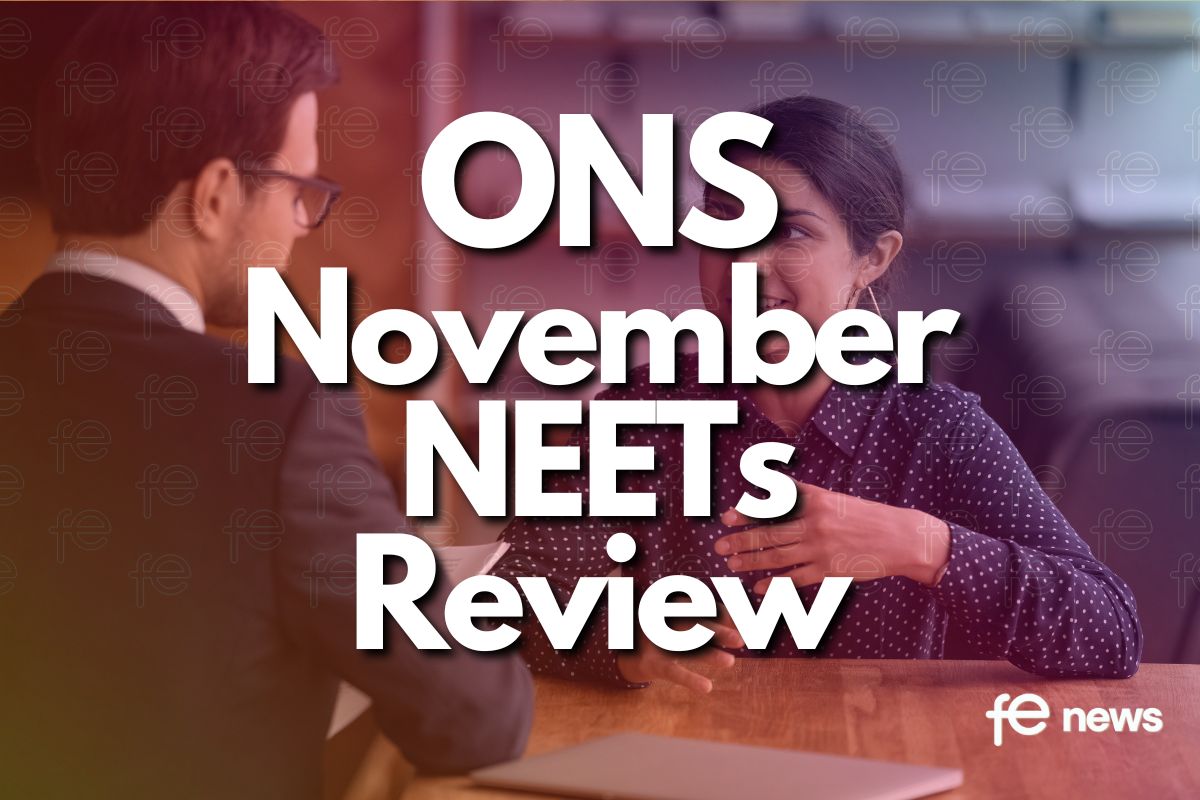
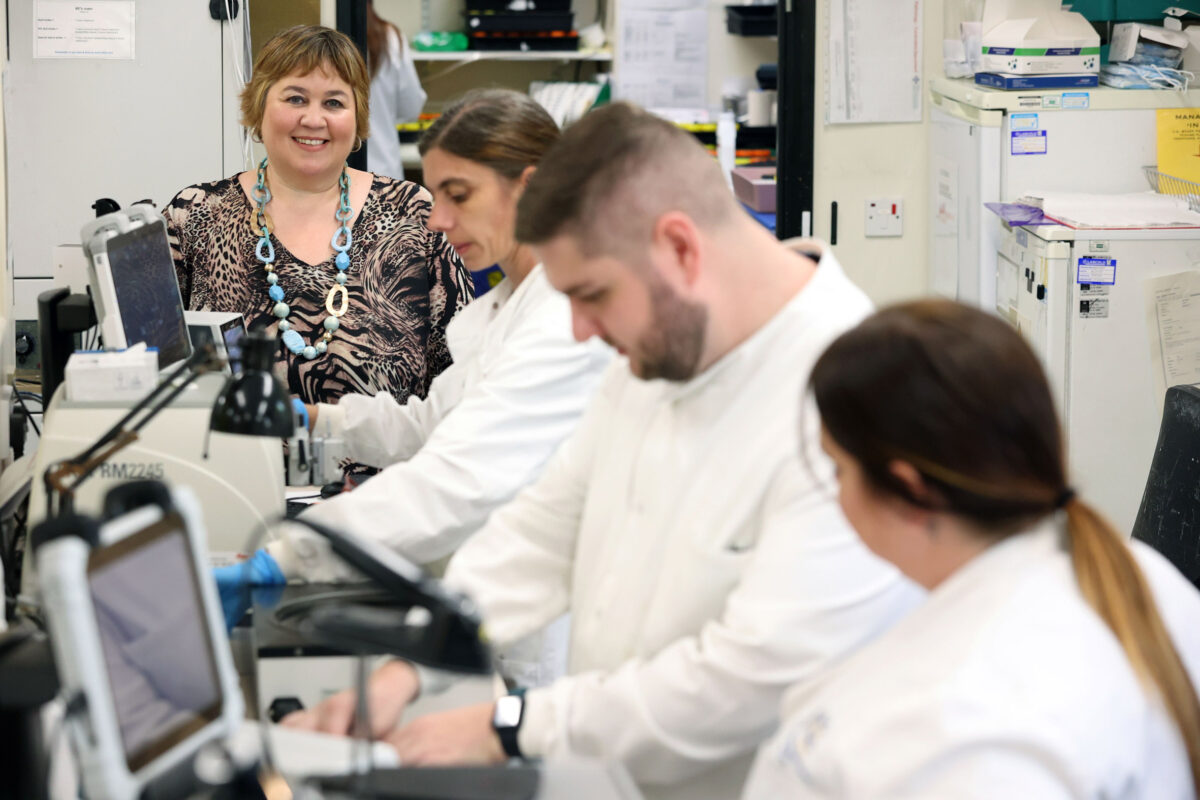

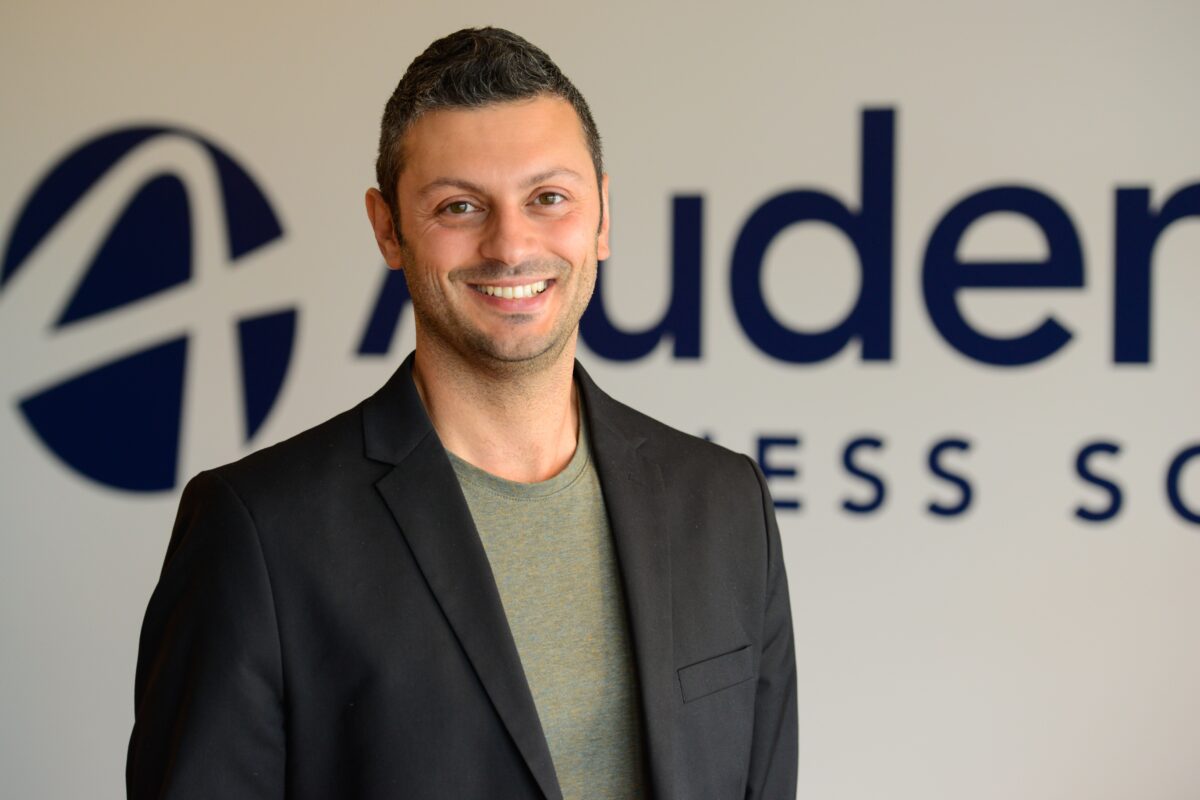
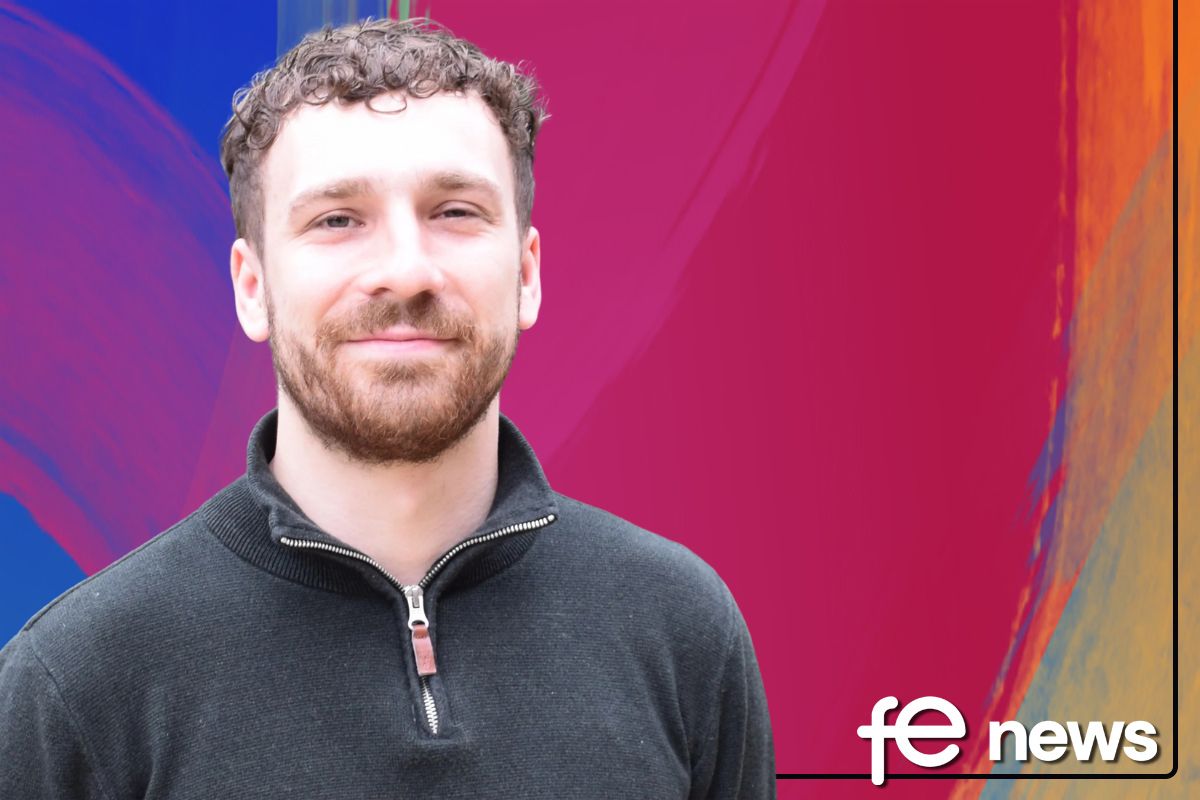
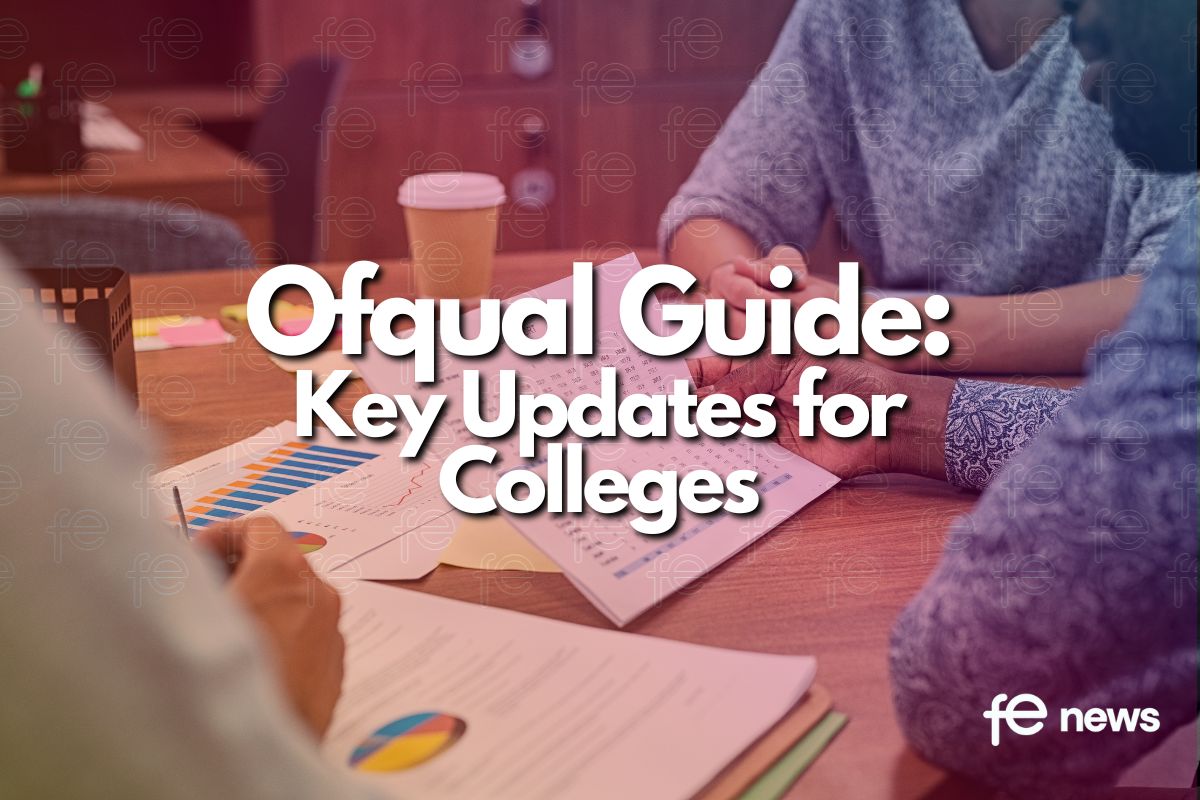
Responses